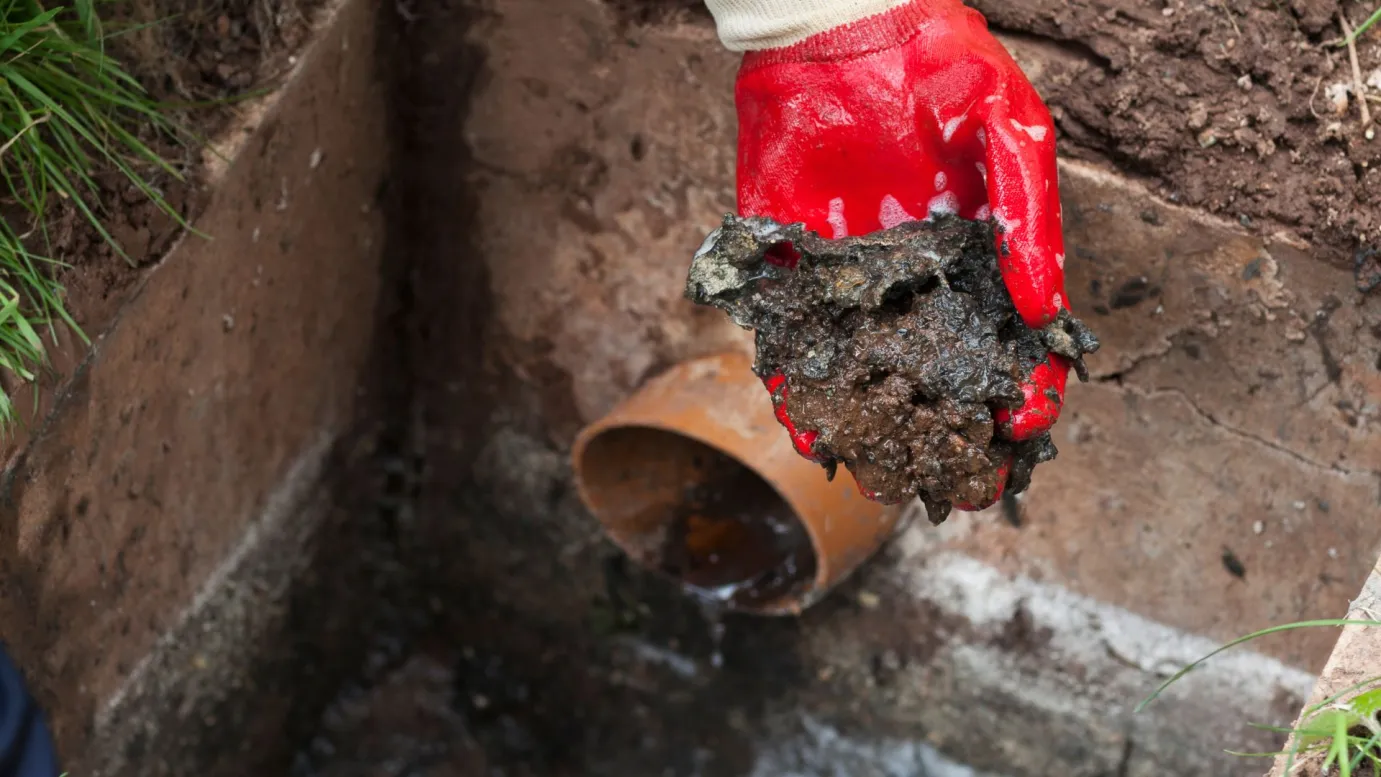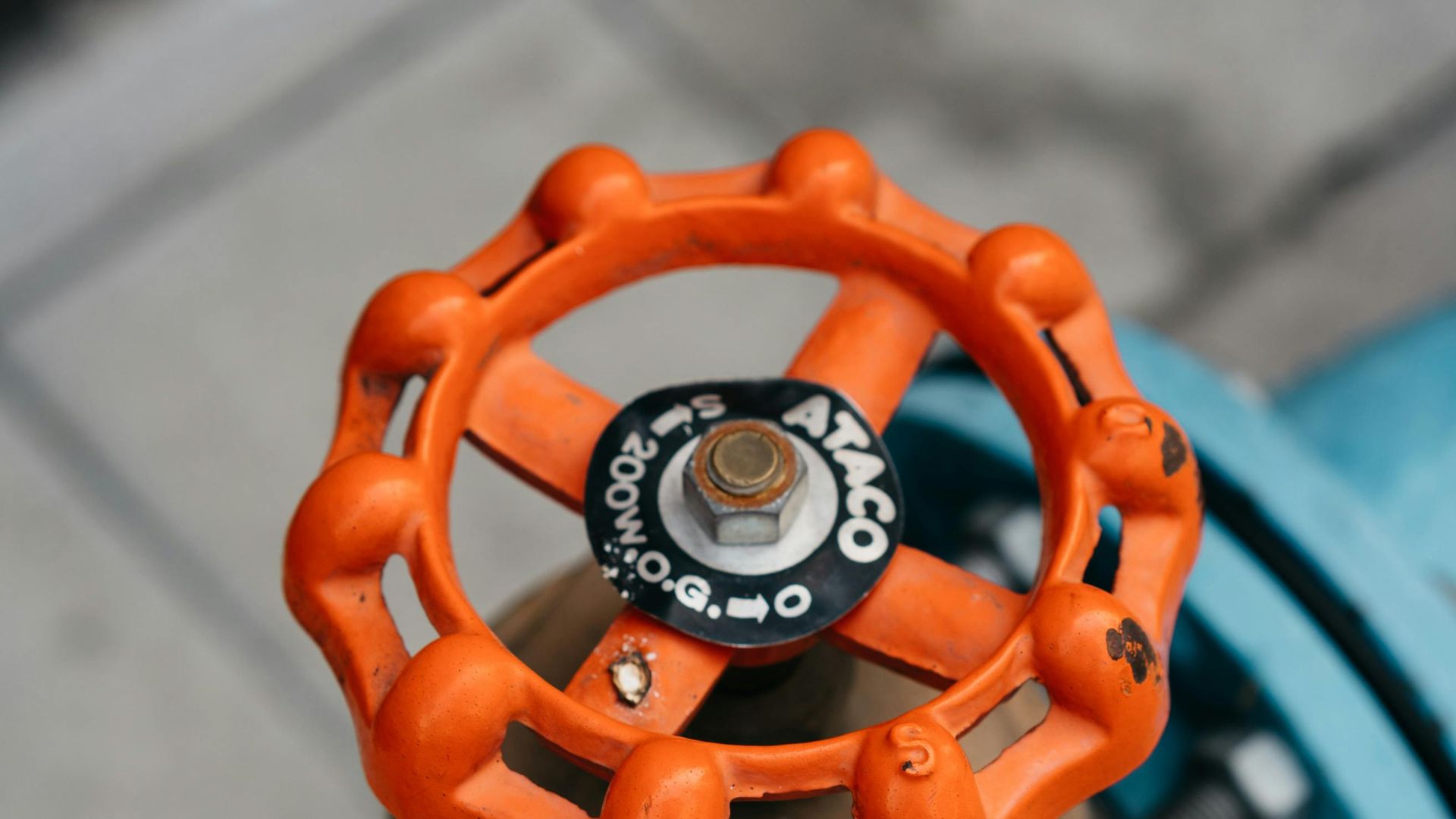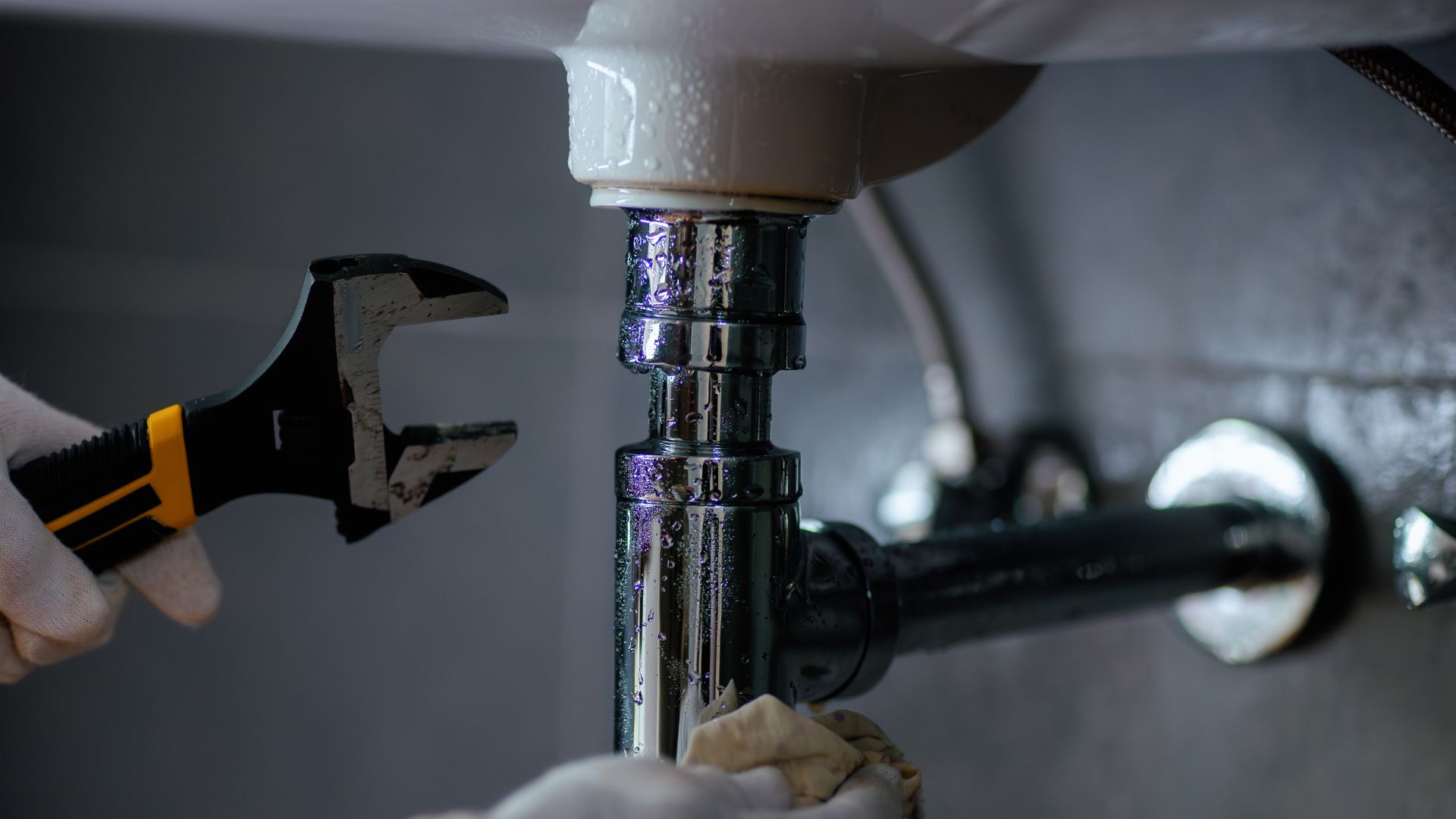Unlike other drain line components inside your building, an outdoor drain serves a unique purpose. It transports extra water away from the home and yard. Some collect water that runs over the surface, and others absorb groundwater.
Outside drains protect the house from excess moisture and prevent flooding during storms.
These external drains are connected to your internal plumbing. A drain blocked with dirt or debris can lead to problems across your property. Not only might you end up with overflowing sewer waste in your yard, but your bathroom, kitchen sink, laundry, toilets, and internal drains might also suffer.
While internal drains are typical in commercial buildings, residential structures can have them too. These pipes are installed under the roof and along the walls, often placed at the roof’s centre or where the slope gathers water.
Inner drains help drain water away from the house, and most of them feature a strainer to catch debris and avoid drain pipe blockages and a clogged sewer line.
Anything can lead to a drain blockage, from hair to grease build-up, from food scraps to improper disposal of hygienic materials like wet wipes, especially your internal drains. Blocked internal drains are one of the worst nightmares of any homeowner.
Outdoor drains can suffer from blockages due to poor plumbing system installation. Mistakes happen when fixtures are installed, sometimes causing pipe collapses or cracks that damage your property. If new drains are blocked, faulty plumbing could be to blame.
Whether it’s the kitchen, bathroom, internal, or outdoor drains, identifying the issue is key. Blocked drains shouldn’t be ignored. Noticing signs like nasty smells, loud gurgling, or slow water drainage? It’s time to try a drain unblocker — perhaps a baking soda and vinegar mix with boiling water, a drainage rod, or call in a plumbing agency.
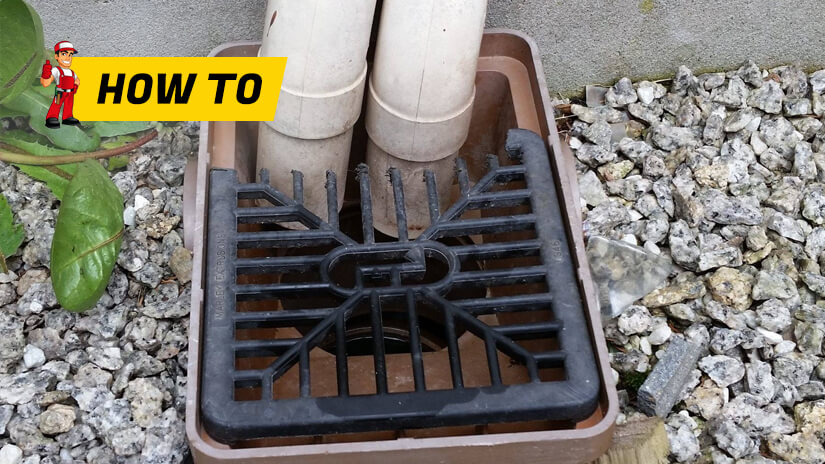
What causes a blocked outside drain?
Outdoor drains are not invulnerable to clogging. Leaves, dirt, mud, and heavy rainstorms can be too much for the outside drains to take.
Blockages can stem from obstructions in the sink by oil, grease, hair, food, toilet paper, or any other item lodged in the drains. Over time, this congestion can interrupt water flow to your sewer pipes.
There are a few reasons why a major drain blockage can happen. Tree roots can be the biggest culprit. Plants and roots thrive in wet and moist areas. And if there is even the slightest crack or split in the pipework, roots can take hold and begin to grow.
Once tree roots anchor and grow internally, pipes can become crushed and weak.
How to Unclog an Outdoor Drain
You might feel overwhelmed by your external drain issue, but it can be fixed. You can take steps to unblock drains and get your drainage plumbing back to perfect working condition. Here’s how you can save your clogged drain.
1. Assessment
A visual assessment is crucial to gauge the problem and decide what to do next. Whether the obstruction is obvious or not, it’s essential. Professionals also start here to make a sound judgement on the fix needed.
2. Manual Retrieval
If you can see the blockage like outdoor debris, you can carefully remove it by hand.
You can access your outdoor drainage by removing the drain cover using a screwdriver.
Go over the drain opening and see if you can identify any material that is easy to clean by hand. Ensure you have your gloves on and remove every piece of blockage you can see. Place it inside your bucket for disposing of later.
You may need specific equipment if the obstruction is deeper down the drain.
3. Appropriate Tools
To unblock an outside drain, you may need specific equipment such as a plumber snake, drain snake, auger, drain rods, pressure hose and hydro jet blasters.
High-pressure water jets are also perfect for drain clearing and the toughest drain blockage. High-pressure water is jetted through the pipes to push through the stubborn blockage inside the clogged drain. Ensure you always have protective clothing, masks and gloves, as it can be messy. Have a bucket handy to dispose of the waste material.
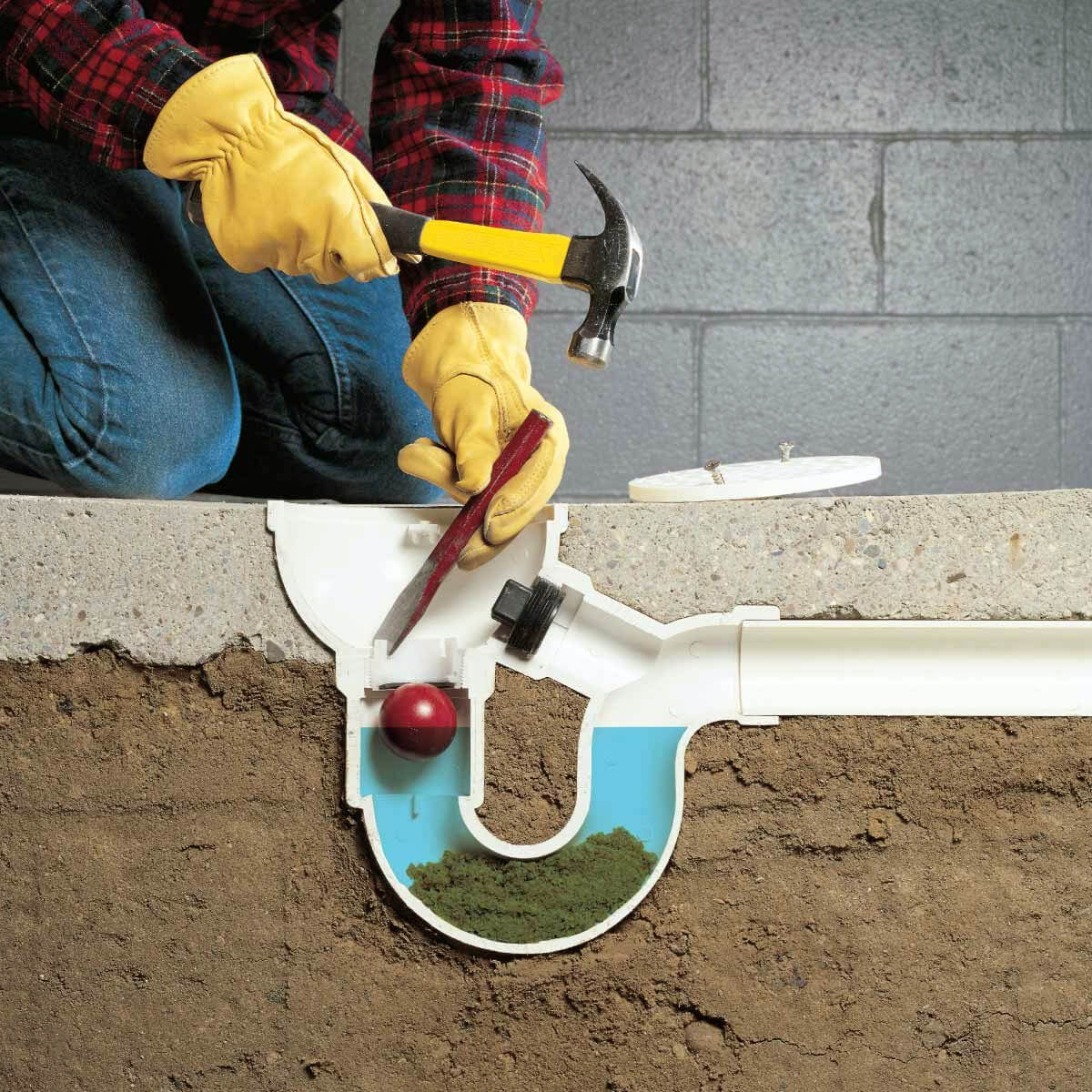
4. Clearing the Blockage
Unblock an outside drain using your drain snake, drain rod, or drum auger. Insert the rod inside your drain and turn the rod clockwise.
For external drains, it’s best to use a drum auger. It is motorised and is powerful to cut through tree roots. On one end of the flexible auger is a coiled metal wire.
This is used to break through material and cut it up or as a hook to fish out the obstruction.
When you feel resistance, you’ve hit the obstruction. Keep working the auger or rod until the blockage starts to give way. It might take a few tries.
5. Clean Up
You can clean the drain using a high-pressure jet blaster or garden hose to ensure the pipework is clear. Try this method a few times to ensure the blockage has been completely cleared.
Need a Plumbing Service?
When to Call a Plumber to Unclog Your Outdoor Drains
You can contact your local plumbing team if your plumbing problems are too big or complex. A drainage expert can get through to the most stubborn blocked drains using drain jetting and other latest technology.
The team at Fixed Today have the skills to unblock drains and recourses to get your outside drain system working again and help you prevent future blockages.
One of our plumbing services is regular drain cleaning and maintenance to prolong the life of your drainage system and pipework. You can ask your professional plumber, Fixed Today, about annual drain maintenance at your property.
Call us to unblock a drain outside; trust your outside drain blockages or any plumbing issues are in reliable hands.


